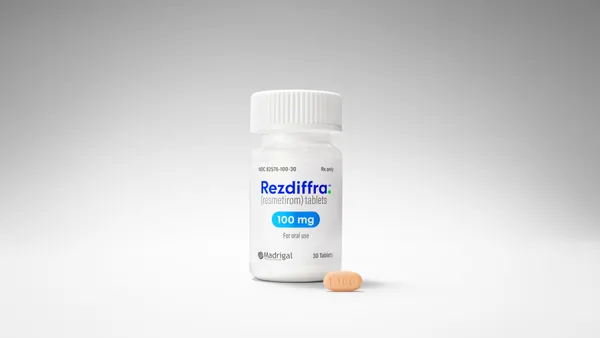16 O c t o be r 2 00 3 VIEW on Medical Education Continuing medical education is essen tial to the professional development of physicians. It is an extension of the formal medical school process and it ensures physicians remain uptodate with the latest scientific, medical, and clinical data. This is essential in an age where tech nology is driving change at light speed. In the Unit ed States, 37 states and 54 licensing boards require physicians to complete between 12 hours (Alabama) and 50 hours (California) of CME per year to retain their licensure; this is considered the minimum requirement to remain at the forefront of medical progress. Some states also mandate specific content such as HIV/AIDS, risk manage ment, or medical ethics. CME programs improve patient care by: . Increasing physician understanding of the dis ease process and the rationale for disease man agement . Improving the practice of medicine, diagnostic skills, approaches to management, and under standing of the roles of behavioral and drug ther apy in the management of disease . Providing guidelines for referral and specialist care To be effective, CME programs should be built on sound education and adultlearning prin ciples. Adults learn differently from children. Adults educate themselves in their own time on topics that they need to know. Adults also use various learning methodologies with an increas ing amount completed online. As adults, physi cians are no different. They often do not know what they need to learn until they are faced with a need to learn it. They also use various learning methodologies and are increasingly using the Internet. Addressing Physician Learning Principles Physicians have been educated formally in a tra ditional medicalschool environment that was based on smallgroup learning in a mentored set ting. The basis of medical training is the principle known as “see one, do one, teach one.” Medical student learns by watching the teacher (mentor) complete the examination or procedure and then doing the same examination or procedure under the watchful eye of the teacher. Having mastered the technique, students eventually are required to teach it to a new class coming through the system. Therefore, CME should build on these learning principles. Programs should be based on a thorough understanding of educational needs, didactic as well as practical learning sessions, and as much interac tion with respected mentors as possible. That inter action must be more than just a fiveminute discus sion at the end of the slide presentation. It should be practical in nature and provide an opportunity for a structured debate of the issues relevant to the stat ed topic. Medical students are challenged at every step in the learning process. They are encouraged to challenge traditional thinking, to scrutinize and cri tique the published literature, and to develop more effective ways to diagnose and manage illnesses. This environment should be replicated through the CME process as well. The Technology Component As previously stated, technology has had a major impact on the ability to share information and expand knowledge. As CME providers, there is a risk of creating tremendous overload if we do not provide easy access to structured education al programs. The Internet is easy to access but dif ficult to navigate. Website content has to invite and encourage the visitor to stay and learn. The CME Changes Physician Practice and Improves Patient Care CME programs should be based on a thorough understanding of educational needs, didactic as well as practical learning sessions, and as much interaction with respected mentors as possible. Shelley Williams Executive Vice President Patricia Patrick Managing Director, Boston Jean Dolan Managing Director, Yardley, Pa. David Barratt Managing Director, Europe Deborah Dean Managing Director, Great Valley, Pa. FACILITATING PHYSICIAN LEARNING APOTHECOM ASSOCIATES LLC, Yardley, Pa., a division of Axis Healthcare Communications LLC, is a global medical communi cations agency that thinks, speaks, and acts as one through a network of offices. ApotheCom combines industry and mar ketplace experience, solid science, and innovative thinking to bring creative communication solutions to contemporary mar SHELLEY WILLIAMS SHELLEYWILLIAMS
An article from


CME Changes Physician Practice and Improves Patient Care
Filed Under:
Commercialization








